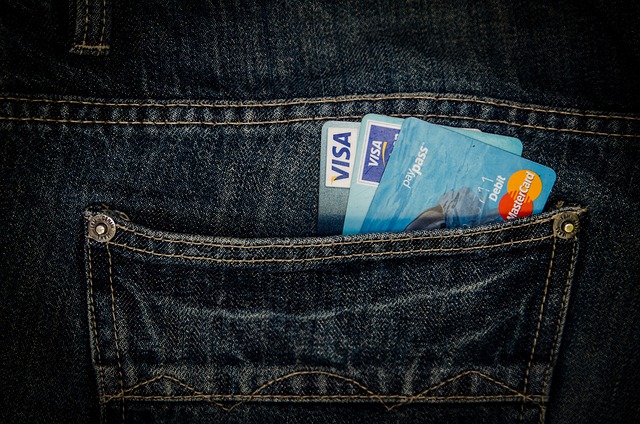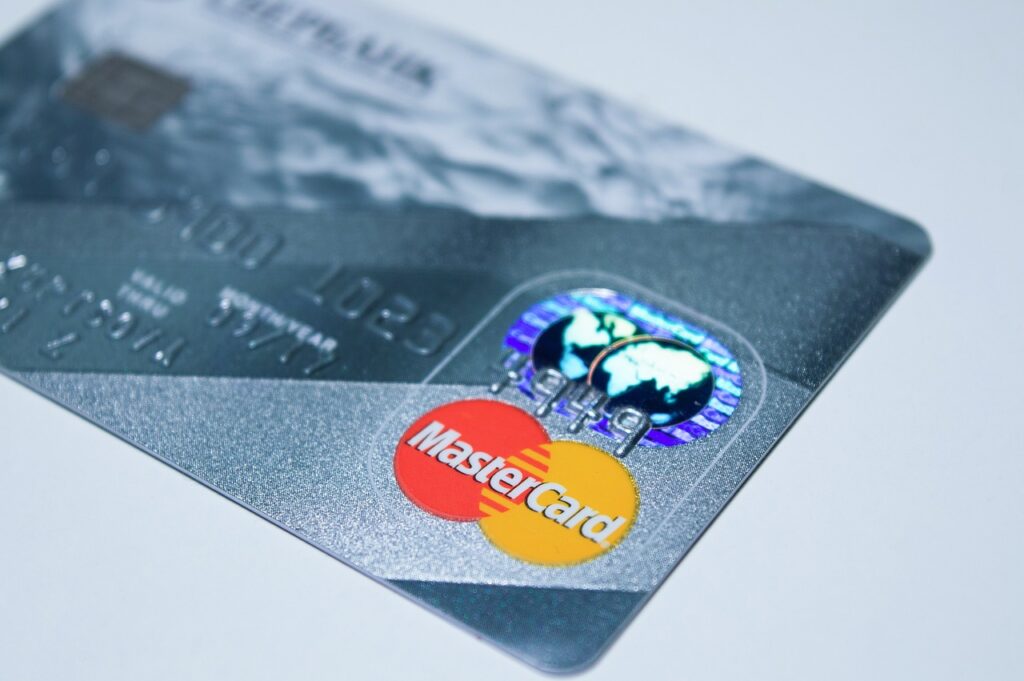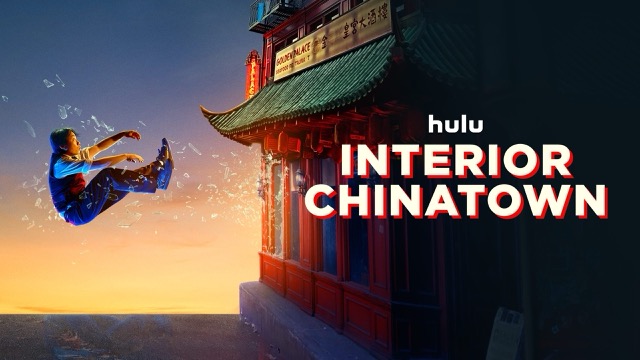
Two of the most well-known payment networks in the world, Visa and MasterCard, facilitate billions of transactions annually. These businesses function as payment processors, collaborating with financial institutions to offer consumers cards for easy financial transactions, rather than issuing credit or debit cards directly. A closer look at the factors that make Visa and MasterCard essential to the financial industry is provided here.
Table of Contents
What Are Visa and MasterCard?
Global electronic fund transfers are made possible by payment technology companies Visa and MasterCard. They function as networks that link banks, retailers, and customers, enabling safe credit, debit, and prepaid card transactions. Despite their commonalities, their relationships with financial institutions are where they diverge most. For instance, MasterCard cards depend on the MasterCard network, whereas Visa cards are a part of the Visa network.
Key Features of Visa and MasterCard

1. Global Acceptance: With their wide-ranging merchant partnerships, both networks are recognized in millions of places across the globe.
2. Transaction Security: To safeguard client information, they use cutting-edge encryption and fraud detection tools like MasterCard’s SecureCode and Visa’s Tokenization.
3. Card Benefits:
- Visa: Provides tiers of card programs, including Visa Classic, Gold, and Infinite, each with unique benefits like purchase protection, concierge services, and travel insurance.
- MasterCard: Offers Standard, World, and World Elite cards with perks like extended warranties, travel discounts, and access to airport lounges.
4. Customer Support: For lost cards, transaction disputes, and fraud claims, both businesses offer 24/7 support.
How Do They Differ?
Despite their striking similarities, Visa and MasterCard differ slightly:
Coverage: Although the difference is small, Visa has a slight advantage over MasterCard in terms of worldwide acceptance.
Exclusive Partnerships: A network may be preferred by certain banks or retailers, resulting in special card benefits or deals.
Particular Features: Benefits that cater to specific consumer preferences include Visa’s Signature concierge services and MasterCard’s Priceless Cities.
Two of the most well-known payment networks in the world, Visa and MasterCard provide unmatched transaction security and convenience. Although their global acceptance is comparable, Visa’s reach in some areas is marginally greater than MasterCard’s. Both networks engage in exclusive partnerships with banks and retailers, creating tailored benefits such as cashback, discounts, and co-branded rewards. Additionally, they provide distinctive features to improve the user experience.
Additionally, their strong security protocols guarantee consumer protection; for example, MasterCard’s Identity Check technology and Visa’s Zero Liability Policy both improve fraud prevention. Visa and MasterCard appeal to a wide range of consumer preferences because of these minor but significant differences.
Why Choose Visa or MasterCard?
Selecting between Visa and MasterCard frequently comes down to your bank, the card issuer, rather than the network. The issuer sets things like interest rates, reward schemes, and yearly fees. Strong infrastructures are offered by Visa and MasterCard to guarantee dependable, safe, and easy transactions.
Future of Visa and MasterCard
Both businesses are innovating as digital payments develop in order to stay competitive. To improve user experiences and transaction security, Visa and MasterCard are making significant investments in mobile payment technologies, digital world cryptocurrency integration, and artificial intelligence.
Conclusion
The way that financial transactions are carried out globally has been completely transformed by Visa and MasterCard. They continue to lead the payment sector thanks to their broad acceptance, safe platforms, and value-added services. Visa and MasterCard continue to streamline and secure your financial journey, whether you’re using them to make international payments online or to swipe at a nearby store.
Read our last post















[…] Read More. […]